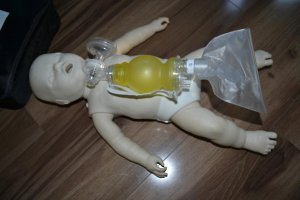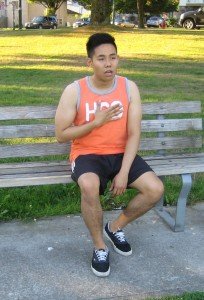
CPR is a popular training course offered throughout the US. Both healthcare providers and laypersons apply for CPR training, even if their school or workplace doesn’t require it. This is because of an increased awareness on the benefits of learning a lifesaving skill as important as cardiopulmonary resuscitation.
Worldwide Statistics on Heart Disease
According to the World Health Organization, the number one cause of mortality in the world is ischemic heart disease. It caused over 7.4 million deaths all over the world in 2012, with stroke – another cardiovascular disease-caused complication – following with 6.7 million deaths. Heart disease is the leading cause of death in the world because it is the easiest to acquire. One of the major risk factors for heart disease is an unhealthy lifestyle and diet, particularly people who have high fat and calorie intake and do not exercise.
Ischemic heat disease is particularly dangerous because it is caused by blocked blood vessels that lead to the heart. If plaque continues to deposit in the thrombosed areas, it can cause poor delivery of oxygenated blood to the heart and cause a heart attack or in medical terms, cardiac arrest. However, other heart diseases can also arise because of unhealthy lifestyle, such as arrhythmias.
CPR training

When you train with us, you have to choose a training program that is either basic or advanced training. If you are a healthcare provider, you choose between the two categories, while laypersons can only take the general public course under basic training.
The Basic Life Support category is aptly named because it covers just the basics of giving CPR. The programs are quite short, approximately four hours long, and cover these three basic topics: chest compressions, defibrillation, and rescue breaths. We have three basic courses: Heaertsaver, Heartsaver C, and Basic Life Support.
The Advanced Life Support category is likewise only for healthcare professionals, such as nurses and physicians, who are allowed to administer medication and set up medical equipment. Medical management is an advanced course wherein we train students to give medications through different routes, set up mechanical ventilators, and perform diagnostic exams like ECG reading. The two ALS courses are for the management of adult and pediatric cases respectivtly (ACLS and PALS).
CPR credentials
Once the trainee has completed the training program, we award him or her with a CPR training credential. The credential has to be renewed every two years through a re-certification course. We offer re-certification for three of our courses: Basic Life Support for HCPs, ACLS, and PALS. Re-certification can only be taken by rescuers whose certificates are still valid, not expired.
If you certificate has expired, you have to take the training program again, instead of the re-certification course.
